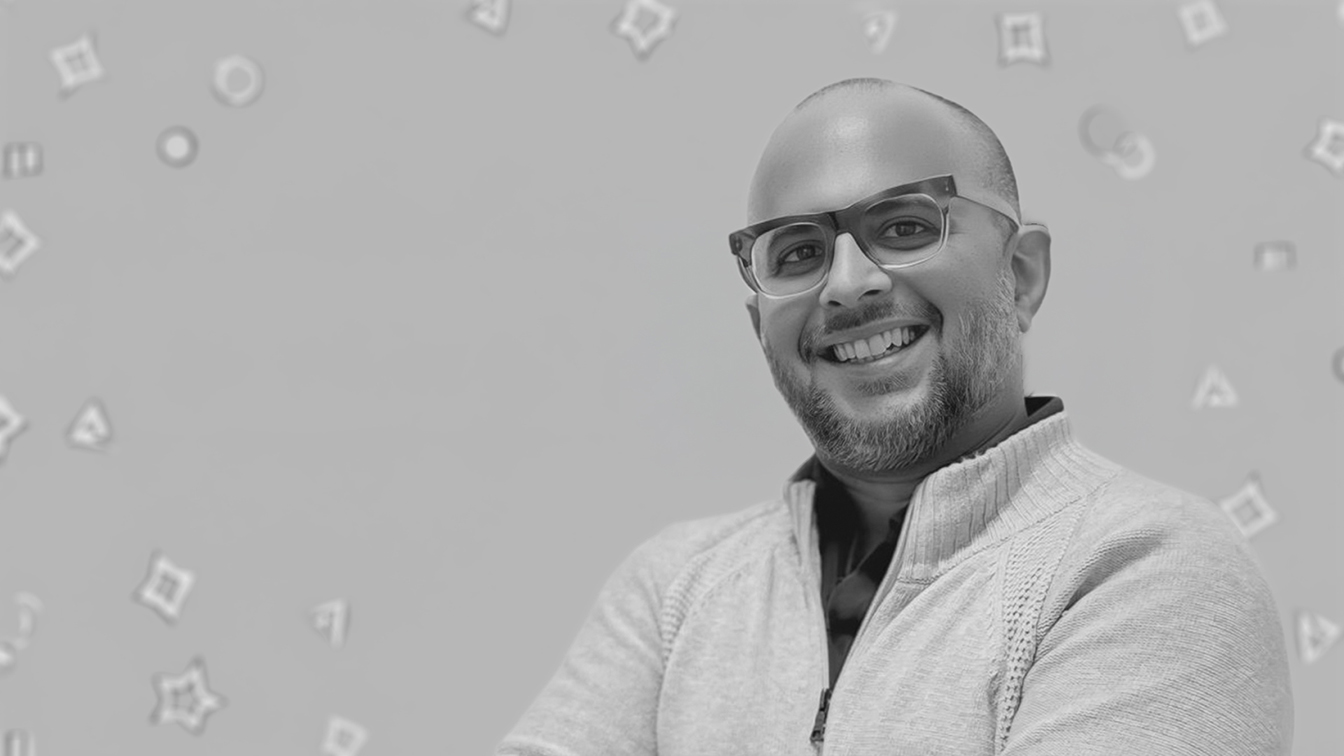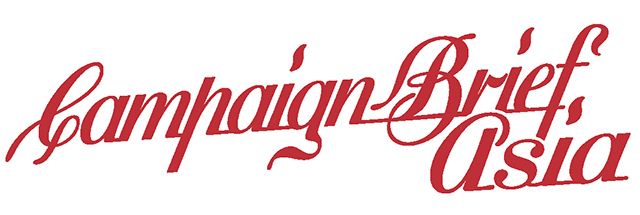The m25 Global Creative Series Episode 10: How curiosity shaped Pradeep D’Souza’s creative path

Episode 10 of m25’s Global Creative Series features a creative whose path into advertising was anything but straightforward. From geology labs to global award stages, Pradeep D’Souza is Founder/Creative Partner at Nine:TwentyEight, Singapore. Told not to pursue the industry by his parents and friends, he did exactly that and went on to collect metal from Cannes Lions, D&AD, One Show, Spikes, Clios, and more. For D’Souza, advertising wasn’t a plan, it was a discovery, stumbled upon through curiosity and sharpened by mentors who taught him resilience, craft, and the value of pushing ideas further.
From studying rocks to shaping culture, from Singapore’s evolving creative landscape to campaigns that balance local nuance with global impact. Along the way, D’Souza embraced technology, from immersive recruitment apps to AI-driven storytelling, always with the same goal to make the work smarter, more human, and more memorable.
Can you tell us about your journey to becoming a creative director, what inspired you to pursue this career, what challenges you faced while carving your niche in an ever-changing creative landscape, and which project stands out as the most memorable for its impact on your market or region?
I didn’t plan to enter the world of advertising, I stumbled into it. And since then I’ve loved every moment. I was a fresh graduate, having just completed my Bachelor of Science with a Geology Major, and I heard about a Creative Workshop. It looked pretty different and interesting, so I jumped at it and the rest is history.
My journey to become a Creative Director was probably as serendipitous. I didn’t focus on the next promotion, instead I focused on the work. Trying to push it a little further. Make it a little better and a lot more fun and slowly, yet surely, I made my way up. What made a big difference was simply the fact that I was lucky to have a lot of great mentors. People who believed in the school of hard knocks but also had great interpersonal soft skills and that made a world of difference to me. Their advice helped me navigate challenges calmly, stay on track in my pursuit of better work, and stay unrelentingly curious.
A project that’s always close to my heart was the RSAF One Force Recruitment campaign in 2014. Budgets were already shrinking, still we did something even the clients didn’t expect us to do. We used only half the budget and set aside the other half for an immersive app-based gaming experience. And the results were fantastic.
How has the Singapore advertising market transformed over the past decade, and what factors have driven this change?
Instead let’s look at the past 5 years. COVID was the first catalyst for transformation in advertising. Budgets shrank. Digital became the medium of choice as everyone was at home. Brands became more tactical. Everyone chased numbers, clicks, impressions, forwards and views. And the art of selling was reduced to mere telling.
Fast forward to today and AI has come along and made ‘telling’ a whole lot easier. The beauty of AI is in how it is used, it is a great tool that can make us as an industry more efficient and even more interesting. Now we need to push the boundaries to see what’s possible with AI. To wow our clients and their customers.
Recently we used AI for a wealth campaign for Citibank. Where we could show people what their future looked like based on their selected preferences in just 30 seconds flat, which left people with a simple message: To close the gap between their present and their future, speak to a Citi Wealth Manager today.
In what ways is Singapore positioning itself on the global advertising stage, and what unique strengths does it offer that resonate with international brands?
Singapore is a gateway into Asia (excluding China and Japan). And that’s because of its cosmopolitan culture, the success of its homegrown brands and its role as a regional hub. All of the above also apply the world of advertising and to international brands. Coupled with the fact that Singapore has a strong creative heritage proven on the global award stage for years.
How do local cultural values and creative storytelling influence advertising strategies in Singapore?
Tapping onto a nation’s culture is one of the most tried and tested approaches to resonating better with customers in that market and Singapore is no different. The trick is finding the right balance. One of the most popular ways is by tapping on colloquial language and we created a few spots that leveraged that nicely for Manulife Singapore.
With the rapid adoption of digital tools and AI, how is technology reshaping creative processes and outcomes in Singapore’s advertising industry?
Technology (AI) is changing the face of the advertising industry in Singapore and it will continue to do so, AI isn’t here to replace us, it’s here to enable us and the agencies that adopt AI to enhance processes, deliver better results and empower brands will lead the charge. The main challenge is the existing mindset. From agencies to brands to the public at large. We need to go beyond using AI as just a search engine to implement it in our everyday processes. We need to stop seeing it as a replacement and start seeing it as a tool that makes our processes easier. We need to be at the forefront of AI learning and experimentation to understand what’s possible, those that do so will eventually lead the way.
What advice would you give to young talent aspiring to enter the advertising industry in Singapore and the region?
I always advise people to follow leaders they admire and not just companies they are interested in. Because the best way to become a better professional is to learn from the best in the business, along with a healthy dose of intelligence, passion and Determination.
What are the key challenges that agencies face when expanding in Singapore, and how have they overcome them?
From an international agency’s POV: Getting local business on a project basis is not too tough. But becoming an AOR for the same brands might not be as easy. There is a bit of a balancing act between doing project work (difficult to forecast and plan ahead) and continuing to court big brands (as everyone under the sun guns for the same piece of the pie). From an international brand POV: Simply adapting global work doesn’t work as well in Singapore unless the brand itself has a massive die-hard following like Apple. Local insights and trends play a crucial role.
Looking to the future, what trends do you predict will shape the Singapore advertising industry in the next 5 to 10 years?
Greg Hahn recently posted: “Certified Human” will be the Cruelty-Free, or Carbon Neutral label of the next generation (but applied to content).” I couldn’t agree more. In the race to apply AI, we are going to get flooded with AI-generated work and while AI work might look good and look ‘cool’, it might not connect as well with most consumers because it lacks any true cultural insight.
It’s like watching an action movie and not knowing why the two groups are against each other. And my gut tells me that people will eventually get turned off. That’s when Certified- or Verified-Human content will become more exclusive and command a premium.
m25’s Global Creative Series highlights international creativity and the impact of local cultures and technological advancements on creative production throughout the region. This series features conversations with exceptional regional creatives, showing how individual journeys, when combined with cultural understanding and collaboration, shape campaigns with purpose and resonance.
Read previous episodes of the m25 Global Creative Series below:
Episode 11: Maan Bautista, Executive Creative Director at VML Manila
Episode 9: Jonathan Cruz, Creative Director at FP7McCann Dubai
Episode 8: Asheen Naidu, Group Executive Creative Director at Leo Singapore
Episode 7: Yubin Bang, Creative Director at Cheil Seoul
Episode 6: Jerry C. Hizon, Chief Creative Officer at Dentsu Creative Philippines and Dentsu Creative Manila
Episode 5: Jasmine Huang, MD & Head of Content Production at Prodigious China
Episode 4: Federico Fanti, Regional Chief Creative Officer at FP7McCann MENAT
Episode 3: Ratna ‘Sasa’ Puspitasari, CEO at Fortuna Indonesia
Episode 2: Livio Grossi, Group ECD at Dentsu Redder Vietnam
Episode 1: Merlee Jayme, Creative Chairmom and Founder of The Misfits Camp and Jayme Headquarters
